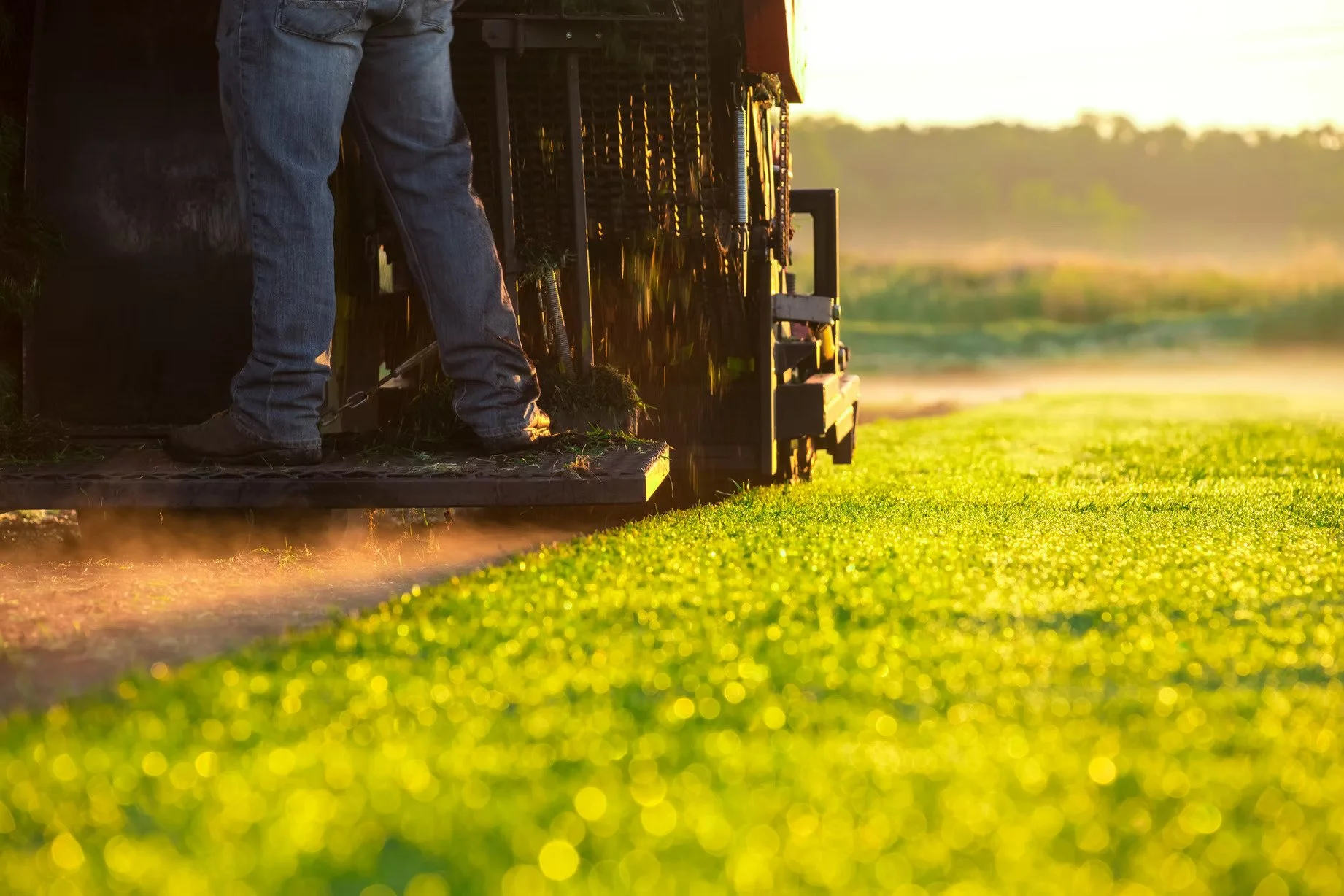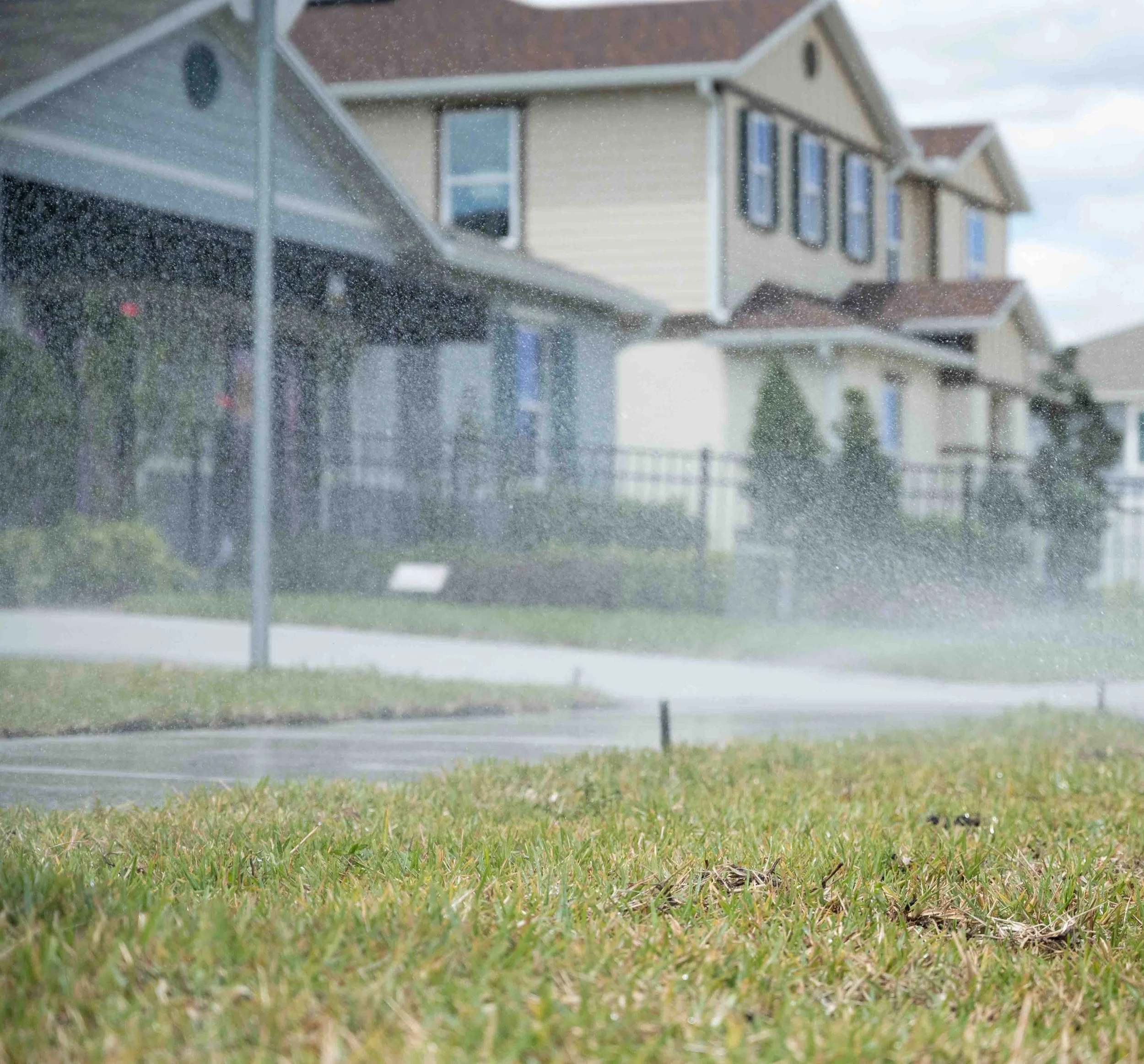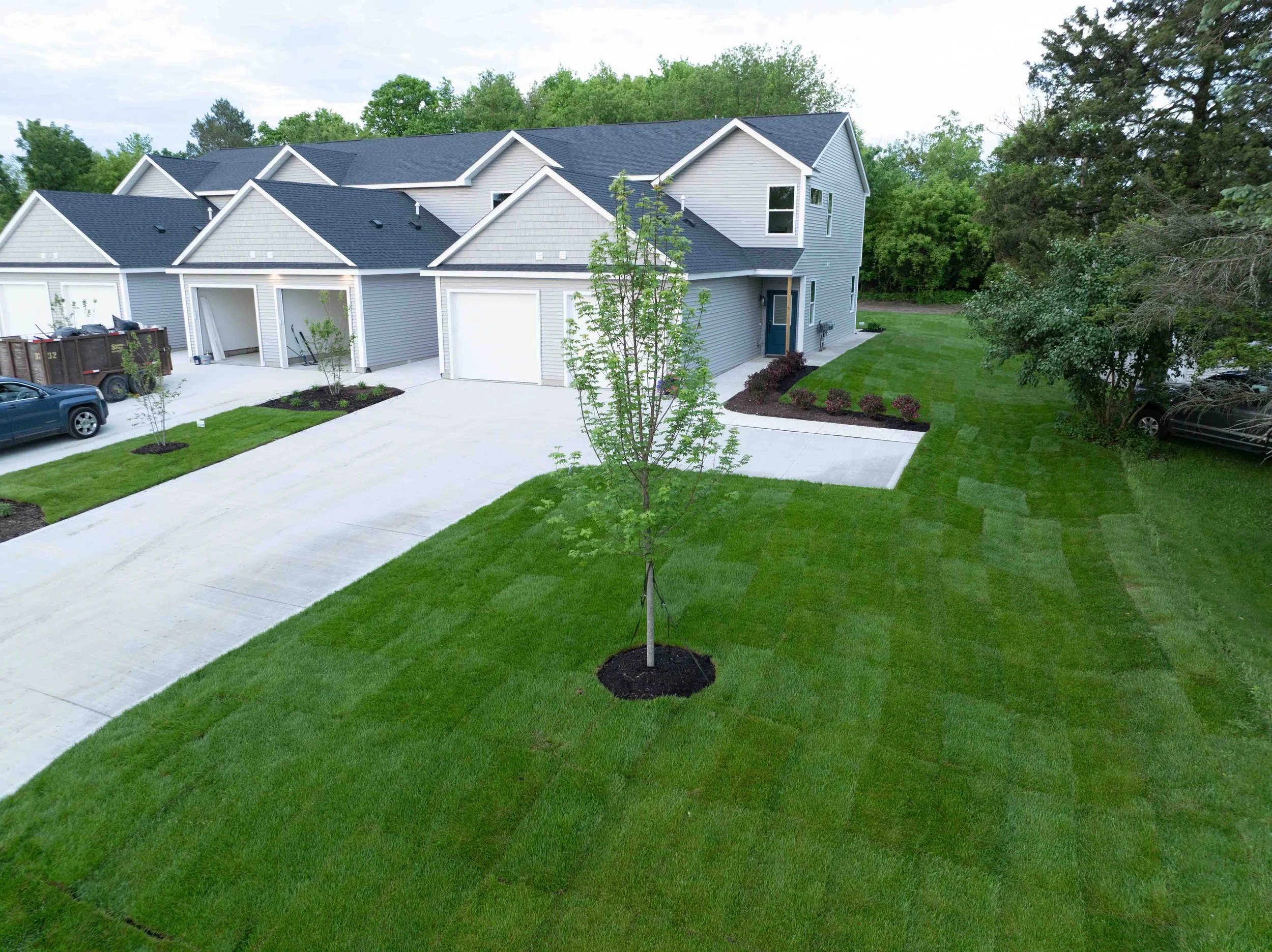
Miichigan's Premier Sod Supplier
OUR Commitment to Quality Continues
Meadowbrook Acres grows, delivers and installs sod from our family farms throughout Southeast Michigan and Central Florida.
50+ Years
15,000+ homes
1 Family
Why Choose Us
Grown with Purpose
Farm-to-Consumer Direct
Quality service, at competitive pricing. It’s what we do best.Our family, for over fifty years
Setting the benchmark for growing, delivering and installing the finest sod available today. That’s our reputation.The best sod begins with the best seed
Proprietary seed blends to reduce water consumption, disease, chemical, and fertilizer inputs.Innovation to make life easier.
OUR SERVICES
Sod installation made simple
-

Residential Installation
-

Commercial Installation

providing top quality Sod to homes around Michigan
The Story Behind Meadowbrook
Established in 1972 by Paul Simcheck Sr., Meadowbrook Acres continues to be owned and operated by 3 generations of the Simcheck family. With over 500 acres in production, we have become the premier sod supplier for SE Michigan. Our unique 'farm direct' approach allows us to maintain the highest standards within the industry.
Why Clients cHOOSE uS
WHY CHOOSE MEADOWBROOK?
Quality Grows Naturally
At Meadowbrook Acres, we don’t just deliver sod, we deliver lasting results. With full control over every step of the process, from growing to installation, we ensure your lawn is healthy, durable, and perfect from day one. Homeowners trust us because we treat every yard like it’s our own, combining decades of expertise with personal service that’s hard to find anywhere else.
100% Grown On Site
No Harsh Chemicals
End-to-End Service
50+ Years of Experience
Frequently Asked Questions
-
Our pursuit is to provide excellent service in the installation of new residential lawns, commercial property, golf course and sports arena use.
If your project requires smaller quantities of sod, we recommend contacting Shofler Sod at 248.249.4794
-
The suggestion that additonal topsoil is required prior to sod installation is a common misconception. The vast majority of homes in Southeast Michigan do not require additonal topsoil prior to sod installation.
The sale of topsoil has been pushed by many contractors due to ease of installation and high profit margin. Unfortunately with little benefit to the consumer. The reality is; additonal dirt unnecessarily increases expense and often causes more problems than it solves.
A brief summary of an artical by Gretchen Voyle / Michigan State University:
There is no legal definition of topsoil, it could be "Beach Sand or Adobe Brick Material"
Very black soils are not always the best.
All topsoil contains seeds, opening the door for weeds to flourish.
Spread topsoil creates drainage and growth problems.
Topsoil may be less valuable nutritionally than current on-site soil.
In summary, with the various potential risks involved, the negative can outweight the positive.
-
To acheive a smooth lawn surface, soil should not be tilled or "preperated" prior to sod installation.
Tillers and soil preperators (e.g. harley rake / rock hound) pose a high risk for damaging utilities, irrigation pipe, concrete and patios. They cannot effectively move dirt from one area to another and although the surface may appear to be smooth, the subsoil remains irregular. Settlement often occurs afterwards, causing the lawn to be uneven. This method reduces manpower required and relies heavily on mechanized debris removal.
The ideal method to prepare soil prior to sod installation is to perform a "finish grade" by way of tractor or compact track loader. Both machines allow dirt to be easily moved to/from where necessary. When finished the subsoil will not settle, therefore the surface will remain even and smooth. Large debris are removed manually, smaller debris are removed during the hand raking process.
Although this methodology is more time consuming and labor intensive, we feel that the end result is well worth the additional effort.
-
This is a controversial question, however we will attempt to address this topic with unbias answers.
Hydroseeding
+ Lower installation cost
+ Allows use of special seed blends (ie native plants, wetlands, wooded areas)
+ Provides minor erosion control on low pitch grade
- Against the bylaws of most homeowner's associations, banned for various reasons
- Higher maintence (fertilizer, chemical cost, labor) requirements during establishment
- Prone to weeds and/or disease during developement of sparse grass root system
- Must stay off during establishment, light traffic 3-4 months, full use in 13-15 months
- Using pure 100% Kentucky Bluegrass is unreliable, must blend with Rye and/or Fescue
- Possible 'total loss' due to washouts, especially during heavy rain or when applied on medium to high pitch grades
Sod Installation
+ Instant Lawn
+ Pre-developed root system is tough and dense
+ Free from weeds and/or disease with strong resistance to either ailment in the future
+ Use of additonal soil or additives is not required (ie topsoil, starter fertilizer, chemicals)
+ 100% pure Kentucky Bluegrass for a lush lawn
+ Ideal properties for erosion control on all slopes
- Higher installation cost
- Not ideal for extremely shaded areas
The hydroseeder was invented in 1953 by Charles Finn. The purpose of the design was to broadcast native flora seeds in the aftermath of a forest fire. This made restoration efforts fast, economical and achivable in areas that were previously inacessable such as steep slopes and valleys.
When hydroseeding, you are shouldering the same responsibility we hold at our farm, only without the help of trained staff, specialized equipment and ideal growing conditions. Imagine working on your lawn every day for the next 12-18 months just to get to the same point as our sod which can be installed in just a few hours!
We use our hydroseeder strictly for it's intended purpose, economical ground cover of common areas and undeveloped land.
-
We've created a lawn care sheet which outlines the basic requirements to keep your new lawn healthy and beautiful.
-
Kentucky Bluegrass (poa pratensis) has a rhizome rootstock which creeps horizontally by way of runners. With active growth, seams should grow together at a rate of 1" per month.






